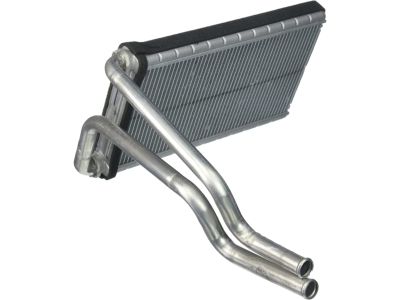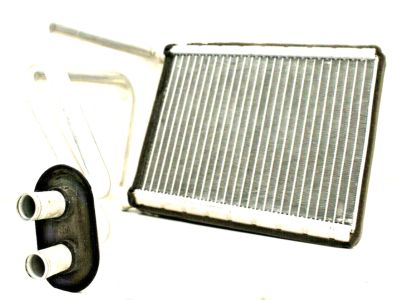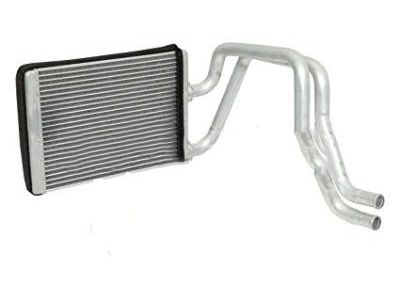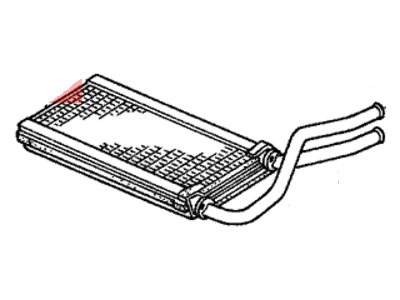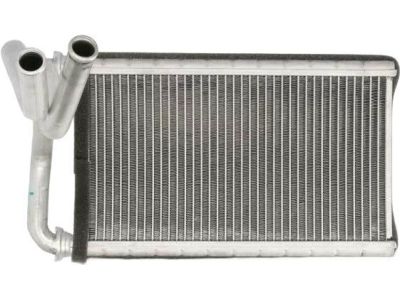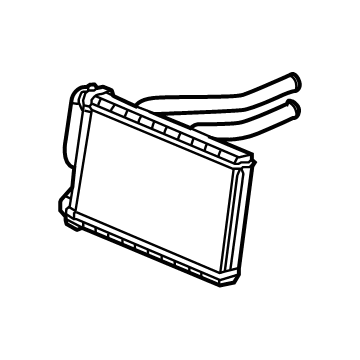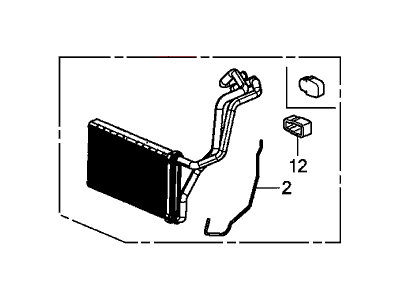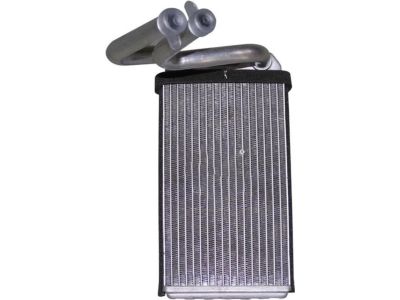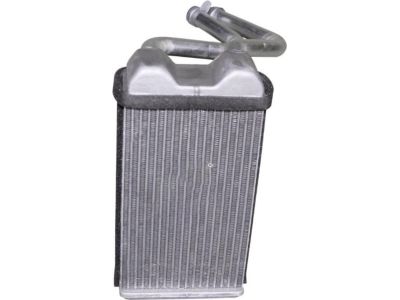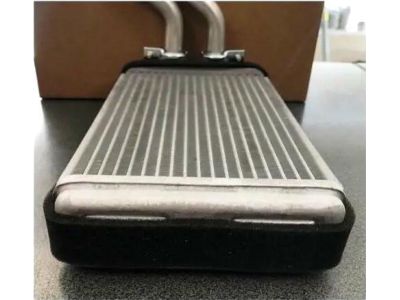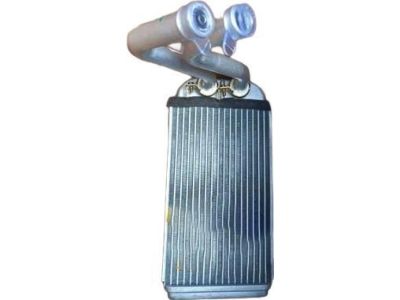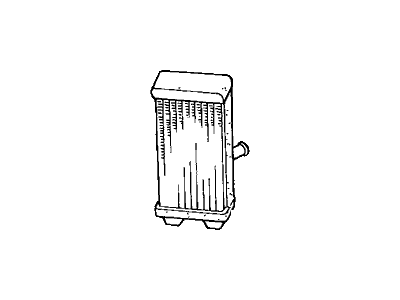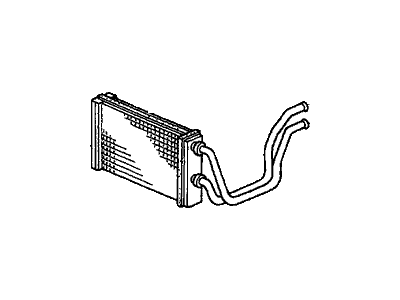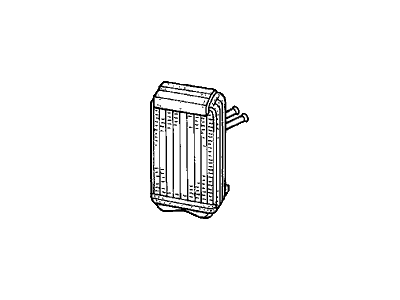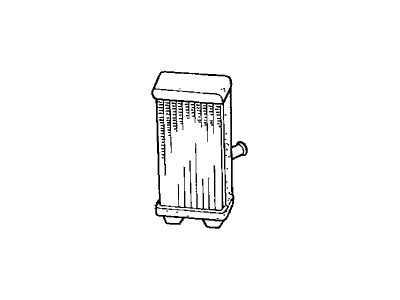×
- Hello
- Login or Register
- Quick Links
- Live Chat
- Track Order
- Parts Availability
- RMA
- Help Center
- Contact Us
- Shop for
- Honda Parts
- Honda Accessories

My Garage
My Account
Cart
Genuine Honda Civic Heater Core
HVAC Heater Core- Select Vehicle by Model
- Select Vehicle by VIN
Select Vehicle by Model
orMake
Model
Year
Select Vehicle by VIN
For the most accurate results, select vehicle by your VIN (Vehicle Identification Number).
18 Heater Cores found

Honda Civic Core Sub-Assembly, Heater
Part Number: 79110-SNE-A01$118.39 MSRP: $168.65You Save: $50.26 (30%)
Honda Civic Set, Core Heater S
Part Number: 79119-TBA-A11$108.50 MSRP: $153.25You Save: $44.75 (30%)
Honda Civic Core Sub-Assembly, Heater
Part Number: 79110-S5D-A02$388.09 MSRP: $560.02You Save: $171.93 (31%)
Honda Civic Core Sub-Assembly, Heater
Part Number: 79115-TR6-A01$97.23 MSRP: $137.33You Save: $40.10 (30%)
Honda Civic Core Sub-Assembly, Heater
Part Number: 79110-SNA-A01$377.61 MSRP: $537.90You Save: $160.29 (30%)Honda Civic Core Sub-Assembly, Heater
Part Number: 79115-TS8-A02$94.72 MSRP: $133.78You Save: $39.06 (30%)Honda Civic Core Sub-Assembly, Heater
Part Number: 79115-TR3-A02$117.50 MSRP: $167.38You Save: $49.88 (30%)Honda Civic Core Sub-Assembly, Heater
Part Number: 79115-TR3-Y01$117.50 MSRP: $167.38You Save: $49.88 (30%)Honda Civic Set, Core Heater Sub
Part Number: 79115-TS8-Y01$166.33 MSRP: $236.93You Save: $70.60 (30%)Honda Civic Core Sub-Assembly, Heater
Part Number: 79115-TR0-A02$416.15 MSRP: $600.50You Save: $184.35 (31%)
Honda Civic Heater Core
The Heater Core in Honda Civic automobiles is very important in the proper functioning of the climate control system as it provides warm air in the car when the heater is on. Like a car radiator it works a combination of water and antifreeze to transfer additional engine heat into the car interior. Made from aluminum or brass, the Honda Civic Heater Core has fins for better heat conductivity and a fan blows air through it to warm the interior of car. While some models of Honda Civics use Heater Core that employs check valves for controlling the flow of the coolant, others are more elaborative models that employ electromechanical actuators for accurate control of the temperature. Even more specialized models allow the user of each side to set a different climate for personal comfort. Some of the Heater Core problems include blockage, leakage, and corrosion and this makes repair work to be challenging since it requires disconnection of the dashboard.
In search of affordable OEM Honda Civic Heater Core? Consider browsing through our extensive inventory of genuine Honda Civic Heater Core. Not only do we provide market-leading prices and a manufacturer's warranty, but we also pride ourselves on exceptional customer service and swift delivery.
Honda Civic Heater Core Parts Questions & Experts Answers
- Q: How to typical heater core remove in Honda Civic?A:The disassembly of the heater control housing is the same for Civics and CR-Vs and is described for typical heater core removal, the air conditioning system, if applicable, should be depleted if possible, ideally by a dealer or automotive shop. Then, remove the cable away from the negative terminal and empty the cooling system of their content. Disconnect evaporator side AC line mounting bolts in engine compartment and disconnect AC evaporator lines at the dash from TXV, also remove the heater hoses from the heater core. Unscrew the heater control unit mounting nut and you will find that it is located inside the engine compartment and be careful not to harm any of the adjoining fuel or brake line facilities. The instrument panel is then taken off and the Blower Motor and power transistor electrical connectors is disconnected. The mounting bolts to the heater/air conditioning assembly need to be pulled out, the electrical connectors have to be disconnected and the assembly has to be pulled out of the vehicle. Slide the carpet back to access and disconnect the evaporator drain hose from the firewall, also, set the blower apart from the heater/AC housing. It is followed by the removal of the passenger's heater duct screws together with the duct and finally the heater core cover screws. If there is air conditioning then remove the expansion valve cover fasteners and seal is required. Take off the screw and the bracket joining the heater pipe and after that remove the top heater cover that is on the heater /AC assembly. The process of installation is the same way as removal with a special care given to the heater core inlet and outlet hoses which must be connected to the firewall. Last but not least, connect the battery and add coolant to the vehicle's cooling system and if the air conditioning system was discharged, take it to the shop that conducted the discharge and get it evacuated, leak tested and recharged.
Related Honda Civic Parts
Browse by Year
2023 Heater Core 2022 Heater Core 2021 Heater Core 2020 Heater Core 2019 Heater Core 2018 Heater Core 2017 Heater Core 2016 Heater Core 2015 Heater Core 2014 Heater Core 2013 Heater Core 2012 Heater Core 2011 Heater Core 2010 Heater Core 2009 Heater Core 2008 Heater Core 2007 Heater Core 2006 Heater Core 2005 Heater Core 2004 Heater Core 2003 Heater Core 2002 Heater Core 2001 Heater Core 2000 Heater Core 1999 Heater Core 1998 Heater Core 1997 Heater Core 1996 Heater Core 1995 Heater Core 1994 Heater Core 1993 Heater Core 1992 Heater Core 1991 Heater Core 1990 Heater Core 1989 Heater Core 1988 Heater Core 1987 Heater Core 1986 Heater Core 1985 Heater Core 1984 Heater Core 1983 Heater Core 1982 Heater Core 1981 Heater Core 1980 Heater Core
